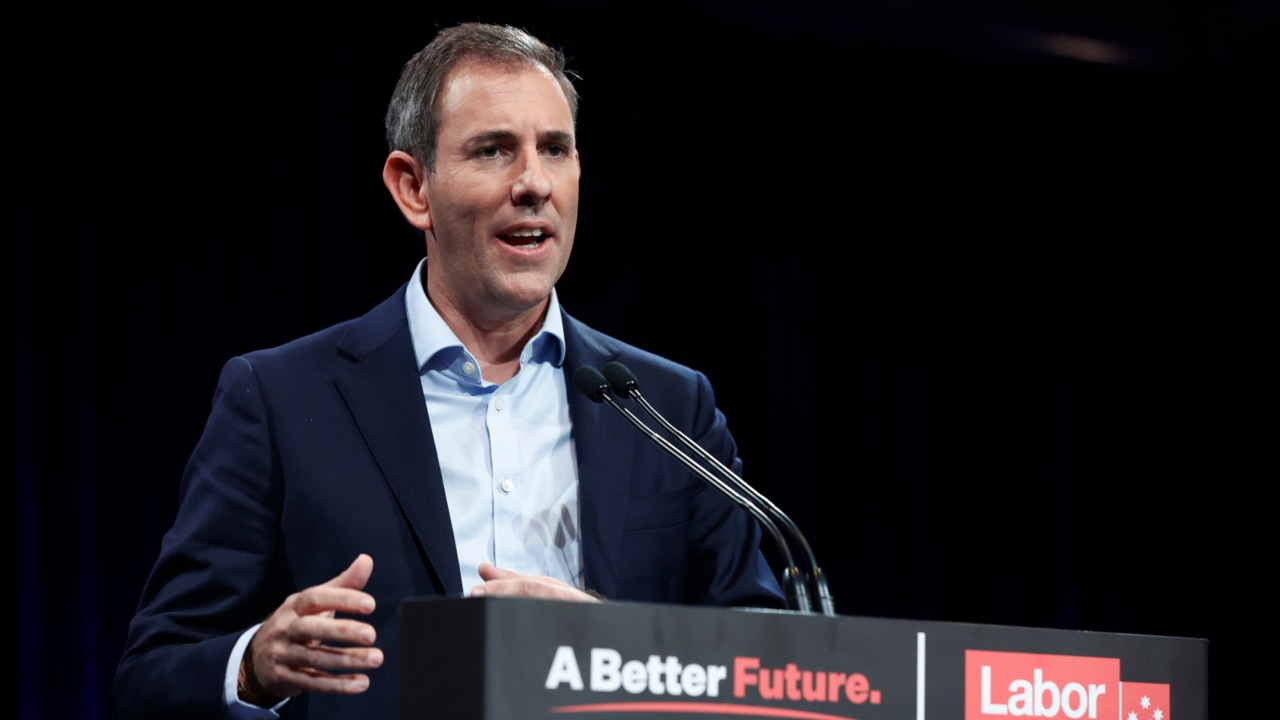APRA’s loan buffers on standby if credit growth sinks, says chair John Lonsdale
The nation’s prudential regulator stands ready to act on loan buffers should credit growth collapse, as interest rates continue to climb.

A looming mortgage cliff and further rate hikes will cause “some shock” for borrowers, and although the banking system is well-placed to cope, the prudential regulator stands ready to act should credit growth collapse.
Australian Prudential Regulation Authority chairman John Lonsdale, appointed to the top job in late October, told The Australian he remains optimistic the financial system will navigate the slowing economic growth and higher interest rate climate well.
“We go into 2023 I think in a very good position, a safe and stable system,” he said. “As we look at 2023 there will be pockets of stress … but non-performing loans are at very low levels, particularly for individuals. Small business (non-performing loans) is creeping up a little bit more.
“There will be individuals who are, who have hardship, and that’s unfortunate, but we say to the banks you need to be aware of that, which I can tell you they are.
“We certainly talk to them about what their plans are in engaging early … making sure that the situation evolves in the best way that it possibly can.”
Mr Lonsdale said banks would be helped by strong levels of capital, liquidity and robust lending standards, but said APRA was closely monitoring the situation and whether loan serviceability buffers were at the optimum level. The regulator can tweak the buffer levels if it deems necessary, should credit growth sink or household debt climb across the economy relative to income.
Banks add 3 percentage points to a prevailing mortgage rate when they assess whether a borrower can afford a home loan, even as interest rates rise. That threshold was announced in late 2021, when APRA was concerned about the proportion of heavily indebted borrowers, leading the regulator to raise the buffer to 3 percentage points from 2.5 percentage points.
Banks are bracing for an increase in bad debts and loan losses this year, despite benefiting from the 3 percentage points in official rate hikes, which boost their net interest margins. The aggressive rate tightening means some borrowers are already at their buffer limit.
“We are looking at it (serviceability buffer) very, very closely over the course of 2023, but at this point we are happy with where the prudential settings are,” Mr Lonsdale said. “We will be putting out a paper next month that will set out why we think they’re appropriate in more detail, but at the heart of it is the system is in good shape and the prudential metrics are very sound. But if the facts change, so might our view.”
He noted APRA considered lending standards, asset prices including those of homes, and the economic environment when debating buffer levels.
“These issues are difficult judgments and there’s often big trade-offs,” Mr Lonsdale said. “Take the serviceability buffer for example, you increase the serviceability buffer that provides more buffer for banks and for consumers should income change, or expenses change, or interest rates change, but on the other hand if you increase the serviceability buffer by too much you choke off credit.”

Many fixed-rate mortgage borrowers who locked in record low rates during the depths of the pandemic are confronting the end of their term in coming months, meaning they revert to interest rates that are 3 percentage points higher. The so-called mortgage cliff for borrowers comes as banks also scramble to refinance customers and retain borrowers who may opt to shop around.
Mr Lonsdale’s comments come as APRA readies to outline its strategic priorities for 2023 this week, spanning policy and supervision.
“It’s probably a lighter policy agenda, at the margin, that you’ve seen from APRA in other years and that reflects a couple of things,” Mr Lonsdale said, referring to items like the bank capital rules and the insurance framework that were now in place.
“We really want to set entities up to focus on the uncertainty for 2023, and we think that gives them a bit more space.
“We are trying to find a balance of items that address the risks in the system now as well as the emerging ones.”
The regulator flagged it will look at investment governance in superannuation, including stress testing valuations and liquidity management.
More broadly, APRA is assessing pay policies across financial services and how companies are dealing with “consequent management”, Mr Lonsdale said.
He expects the regulator will be busy performing its supervisory role in 2023 across cyber security, operational resilience, risk culture and governance.
Regarding risk culture, Mr Lonsdale said there was a need for the regulator to assess whether there was enough challenge within organisations and whether performance management incentives were encouraging the right behaviour.
Mr Lonsdale also signalled the regulator was set to announce “structural changes” to help it deliver on its strategic priorities, and that would occur soon alongside the appointment of new executive directors.
Another priority for APRA in 2023, is overseeing how banks, insurers and superannuation funds manage risks relating to the transition to cleaner forms of energy.
Late last year, APRA released a report on climate vulnerability assessments undertaken by the nation’s largest banks.
“The next step would be moving that toward other industries and of course we’d have a look at the assumptions that are used,” Mr Lonsdale said.








To join the conversation, please log in. Don't have an account? Register
Join the conversation, you are commenting as Logout